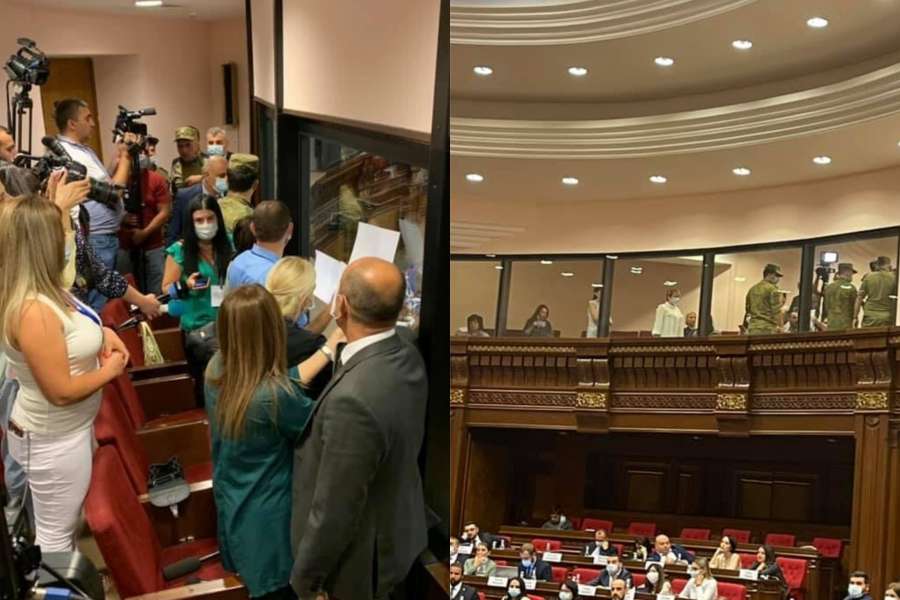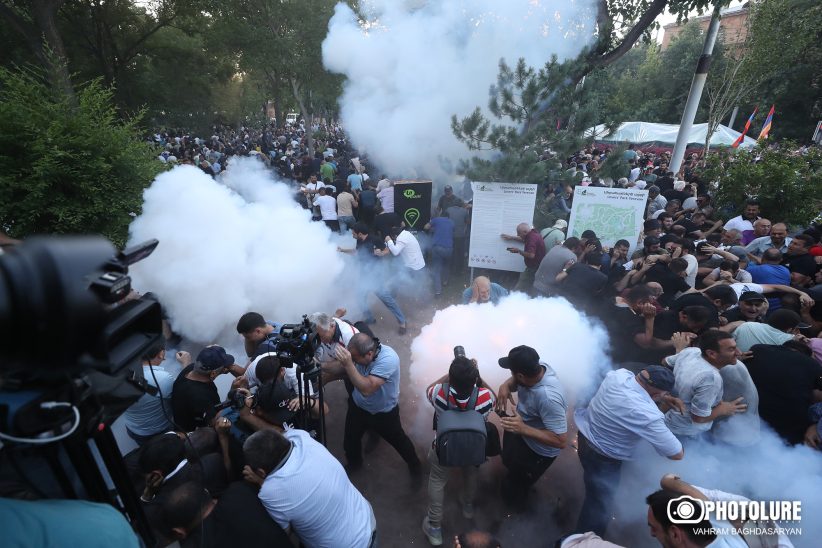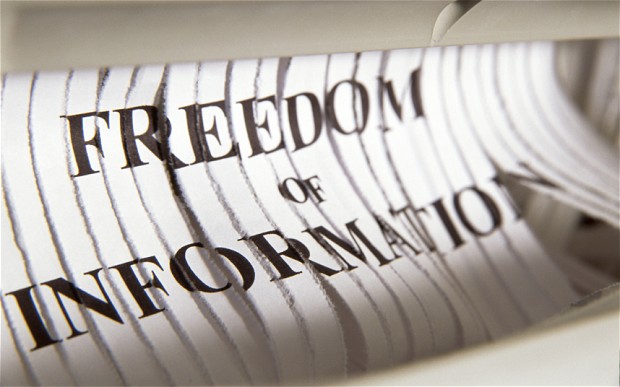2021 was an extremely difficult year for the media due to the deep socio-political crisis in post-war Armenia, the fierce struggle for snap Parliamentary elections, and the numerous cases of pressure on and constraints against reporters, covering those processes, which included the use of legal mechanisms.
In this extremely tense situation, the polarization of the media outlets and the involvement of most of them in political processes became more vivid, a fact that was documented by reputable international organizations in their reports. Serving the interests of a specific party or an alliance, the representatives of some media outlets often demonstrated conduct that was not typical of journalists and ignored the norms of professional ethics. Many of them, identifying themselves with the sponsoring political force, were attacked. Such manifestations have more often taken place during mass events – demonstrations, rallies, and marches, including in the period of National Assembly snap elections campaign. Especially in the first and second quarters, when large-scale protest actions were taking place in the country, the number of occasions of physical violence against journalists was growing with 7 (8 victims) and 8 cases (9 victims) respectively. The number of such cases in the this quarter has grown, amounting to 3, and they all happened not only in the street, but in the premises of the National Assembly, too, as a result of intolerance against the media outlets by law-enforcement bodies and MPs. No such occasion has been recorded in the fourth quarter. Thus, during the year, the CPFE recorded 18 cases of physical violence. As for various other instances of pressure put on journalists, those amounted to 108.
The cases of violence and various pressures applied against journalists are presented in the respective sections of this report, including the scandalous actions and conduct of top public officials and famous political figures. In particular, the NA Speaker Alen Simonyan, the Minister of High Technology Industry Hakob Arshakyan, MPs Andranik Kocharyan, Hayk Sargsyan, and the ex-President of the RA Robert Kocharyan stood out in this regard.
The significant flow of cases – 61 new lawsuits – filed against journalists and media outlets on the grounds of slander and insult sustained: as much as in 2020. This tendency especially causes concern against the background of legislative amendments, undertaken by the authorities. Thus, on March 24 the National Assembly adopted the draft law proposed by the NA Speaker Alen Simonyan, according to which the caps for pecuniary compensation for insult and slander, stipulated in Article 1087.1 of the RA Civil Code, were tripled. This was followed by another regressive process – the Law of the Republic of Armenia on Making Amendments and Supplements to the RA Criminal Code entered into force on August 30th, criminalizing the so-called “serious insults,” namely swearing. By the way, public and state figures and a number of other groups enjoyed a higher level of protection, and insulting them would lead to more severe punishment, than in the case of an ordinary citizen, which is a manifestation of a discriminatory attitude. These legislative amendments are dangerous in the sense, that the representatives of the authorities and political figures often perceive the criticism and sharp language against them as slander or insult and go to court, attempting at pressure on critics, speaking against them. It should be noted that 25 percent of such lawsuits were filed by state or political figures. Reputable international organizations harshly criticized these new laws.
On December 10th the NA passed a draft law on making amendments and supplements to the Law on Media, which was criticized by the journalistic community, too. Even though the authors of this legislative initiative had, to some extent, considered the recommendations, proposed by the CPFE and the experts from other organizations, a number of important issues did not get solved, including the revocation or refusal of accreditation to state bodies, held by media outlets.
The situation is not beneficial for the protection of the right to receive and dissemination information either. 99 violations of that right were recorded during the year. The decree of the RA Government, dated December 9, also caused concern, stipulating the removal of information on the flights of officials from govtravel.am website. Another draft law, which proposes not to publish information and details on the business trips of officials, as well as the details of single-source procurements, along with other kinds of information, is under discussion.
Among the most remarkable events during the year was the joint project of Media Initiatives Center and other partner organizations, aiming at the detection of fake news and disinformation in the media. Based on the outcomes of this exercise, Facebook and Instagram blocked access to the publications, containing fake news or disinformation. Dozens of media outlets called this process censorship. Whereas such projects can play a healing role in the media sector.
In total, there were 225 reported violations of the rights of journalists and the media in the 2021. 18 were cases of physical abuse, 108 were cases of pressure against the media and staff members, and 99 were cases of violations of the right to receive and disseminate information.








